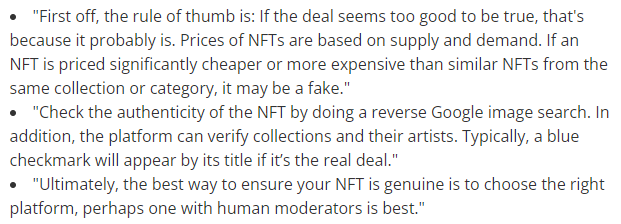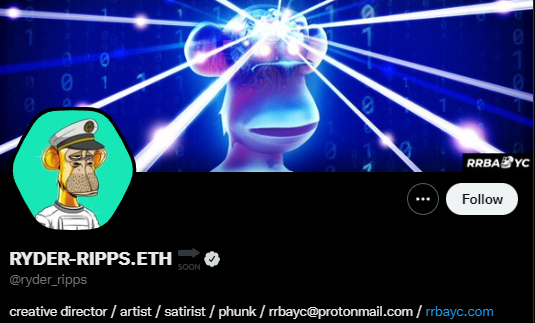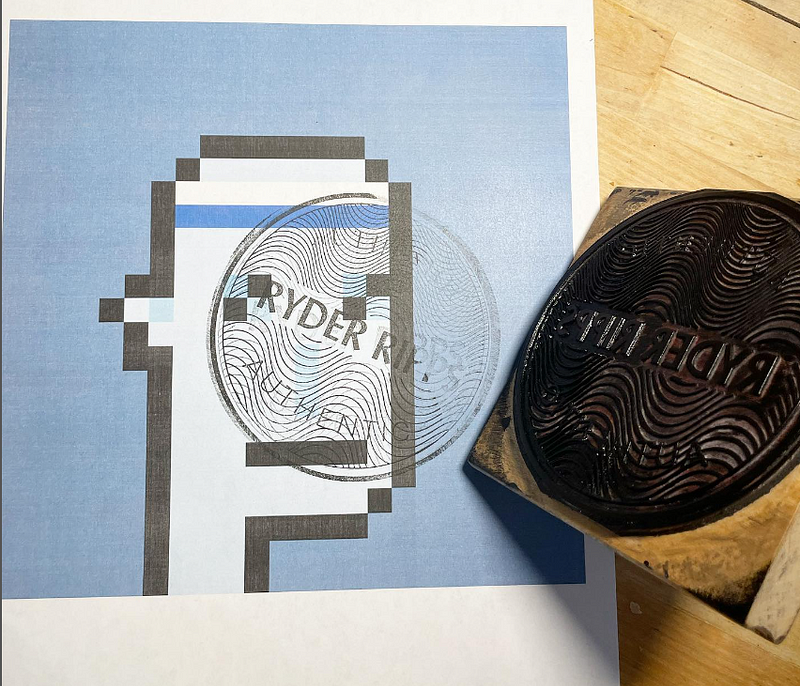Unmasking the Controversy: Fake Bored Ape NFTs Outselling Real Ones
Written on
Chapter 1: The NFT Paradox
One of the primary attractions of NFTs is their unique and unalterable characteristics. Each NFT contains a specific code that differentiates an authentic piece from a counterfeit. However, a significant problem exists: many individuals, even those well-versed in cryptocurrency, lack a comprehensive understanding of how to validate these tokens. The verification process can be intricate and often requires expertise that most buyers simply do not possess.
Each NFT is associated with a code that resembles this:

If the Bored Ape Yacht Club (BAYC) provided a comprehensive list of token addresses for their project, it would be much easier to confirm authenticity. Unfortunately, they do not offer such a resource. Since NFTs are minted on the buyer's end, verifying authenticity becomes a daunting task. This necessitates a tedious examination of a seemingly endless transaction history, which most individuals are neither equipped nor inclined to undertake.
The educational resources available are often produced by individuals who are equally uninformed or are attempting to mislead others. The most reliable method for verifying authenticity is through Etherscan, but searching for guidance online can lead to misleading advice.

If one conducts a reverse image search for a particular NFT—assuming it’s legitimate—purchases it on OpenSea, they might think they are safe. It appears this flawed reasoning led countless individuals to invest millions in counterfeit BAYC NFTs. The complications surrounding NFTs stem from the fact that the concept of "non-fungibility" may be overstated; determining authenticity can be challenging, and it's possible to replicate the same digital artwork endlessly.
Chapter 2: The RR/BAYC Phenomenon
Imagine stumbling upon a new collection called "RR/BAYC" on OpenSea and thinking it’s an extension of the BAYC brand. You might eagerly seek funds from your affluent parents to acquire these “monkey pictures.” After checking Etherscan, you may mistakenly conclude that it’s a legitimate extension of the BAYC collection, especially when it shows a staggering volume increase.
However, upon purchasing, you might discover that it was simply an artist's counterfeit collection, branding the original creators with derogatory terms.

The story behind RR/BAYC and its creator, Ryder Ripps, is both fascinating and troubling. Ripps, a social media influencer, likely fueled the interest in his collection, which ultimately outsold the authentic BAYC collection for a brief period.
This situation highlights the absurdity of the current NFT landscape. Although one could spend hours verifying the authenticity of a collection on Etherscan, it remains nearly impossible to ascertain whether it originated from the true Yuga Labs mint. The anonymity of wallet addresses complicates matters further, especially given that Yuga Labs' social media accounts have been compromised multiple times.
Ryder Ripps: A Controversial Figure
Ryder Ripps is an artist known for his critical stance on Yuga Labs and the Bored Ape Yacht Club. While he doesn’t explicitly condemn NFTs as a concept, his work often embodies a satirical critique of the industry. His Twitter presence reflects this duality.

Ripps has successfully sold counterfeit BAYC NFTs and CryptoPunks, sometimes surpassing the original in popularity. He is also infamous for exposing the identities of Yuga Labs creators and labeling them as Nazis, contributing to the controversial narratives surrounding them. Despite being a respected artist, he chooses not to sell his own works as NFTs. Instead, he has created one of the most recognized NFT collections, albeit as a satirical imitation of the originals. This raises a provocative question: does this make his collection the "true" one?

New To Medium?
Explore every article from Caleb Naysmith and countless other writers on Medium. Your subscription directly supports creators while granting you unlimited access to exceptional content at no additional cost.